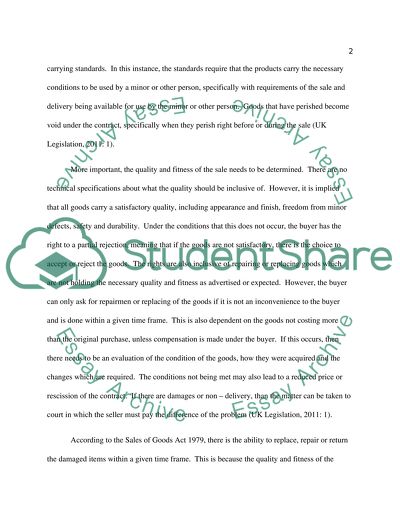Cite this document
(“Case Study: Stinky Trainers Essay Example | Topics and Well Written Essays - 2000 words”, n.d.)
Retrieved from https://studentshare.org/law/1441081-case-study-ypstinky-trainersy
Retrieved from https://studentshare.org/law/1441081-case-study-ypstinky-trainersy
(Case Study: Stinky Trainers Essay Example | Topics and Well Written Essays - 2000 Words)
https://studentshare.org/law/1441081-case-study-ypstinky-trainersy.
https://studentshare.org/law/1441081-case-study-ypstinky-trainersy.
“Case Study: Stinky Trainers Essay Example | Topics and Well Written Essays - 2000 Words”, n.d. https://studentshare.org/law/1441081-case-study-ypstinky-trainersy.


